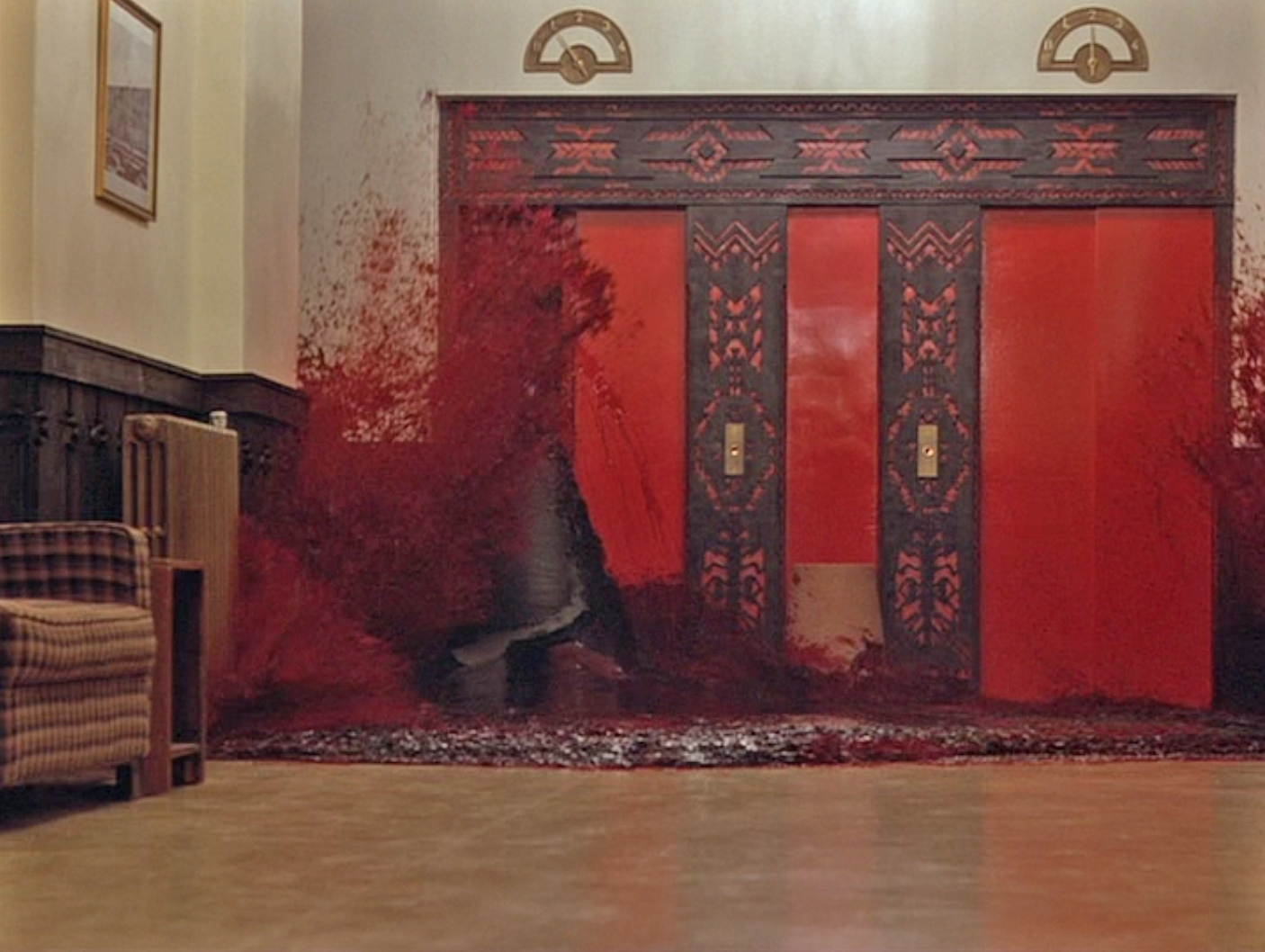The theories are as follows:
- The Native American Genocide
- The Holocaust
- Greek Mythology: Theseus, the Minotaur, and the Labyrinth
- Apollo 11
- A Parody of Gothic Horror (The easiest!)
- Fairy Tales
- "The Blood on Which Nations Are Built": A Judgment on Humanity
Outline
I. Intro
A. Introduction/explanation of your theory
B. Thesis: a complex sentence indicating specifically what your paper will prove
II. Body 1
A. Quote or idea from a source
B. Analysis of the aforementioned idea supported by specific references to the film
III. Body 2
A. Quote or idea from a source
B. Analysis of the aforementioned idea supported by specific references to the film
IV. Body 3
A. Quote or idea from a source
B. Analysis of the aforementioned idea supported by specific references to the film
V. Conclusion - Revisit the thesis and the main ideas explored in the paper
VI. Works Cited - Appears on a separate page; does not count towards the overall length
Sources
- You must use information that appears from the excerpt from the book, On Kubrick. We read chapter V: "Horrorshow."
- I also recommend the following site: http://www.visual-memory.co.uk/amk/
- You must also cite a YouTube analysis video from Rob Ager/Collative Learning or another reputable critic/channel.
- How to cite a YouTube video: here.
Format/Citation
- The paper must be properly MLA formatted. It must contain multiple in-text citations, and the works cited must be properly formatted.
- If there are no in-text citations and no works cited page, the paper is technically plagiarized. Anticipate an automatic failure.
The best source of information regarding MLA formatting is the Online Writing Lab of Purdue University: The OWL.
We are citing a chapter from the book, On Kubrick. The proper MLA works cited entry for the book would appear as follows:
Naremore, James. "Horrorshow." On Kubrick. London: British Film Institute, 2007. Print.
To use information from the book in the essay, you must use an in-text citation. There are two ways to do this correctly.
- Firstly, you may opt to simply mention the title of the book and the author. Then, you simply need to include the page number in parenthesis.
In On Kubrick, the author, James Naremore, postulates that The Shining is a Freudian horror film that portrays Jack Torrance as a terrifying, nightmarish father figure (287).
- Secondly, you may simply include a quote or idea from the excerpt without mentioning the author or the title. In this case, the parenthetical in-text citation must include the author's last name and a page number.
The Shining is a Freudian horror film that portrays Jack Torrance as a terrifying, nightmarish father figure (Naremore 287).
Due Date/Requirements
The paper must be submitted via Google Classroom!
The paper must be submitted via Google Classroom!
- Size 12, Times New Roman font
- Double-spaced
- No cover page!
- MLA header/page numbers
- 1" margins
- No hanging indents
- Complex thesis statement
- At least 3 in-text citations
- Multiple specific references to the film itself
- 3 scholarly sources all of which must be used in the body of the paper
- 3-5 pages; the works cited page gets its own page; it does not count towards the overall length






